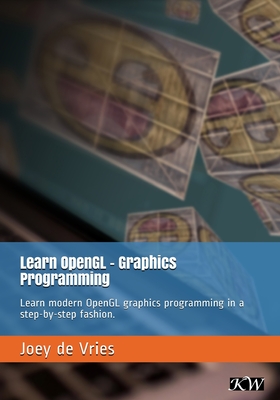Advanced C Programming Training in Santa Monica
|
We offer private customized training for groups of 3 or more attendees.
|
||
Course Description |
||
| This course fills the gap between an introductory course in C and more advanced application programming. Students write many programs, concentrating on data structures and file I/O.
Course Length: 3 Days
Course Tuition: $1190 (US) |
||
Prerequisites |
|
| Knowledge of C Programming. | |
Course Outline |
|
The C Development Environment
The cc(1) Command
Basic and Derived Data Types in C
Function: Calling, Passing, and Returning Values
Standard I/O
Memory Allocation with malloc and calloc
Memory Organization and the Scope of Variables
Data Structures - Linked Lists |
Course Directory [training on all levels]
- .NET Classes
- Agile/Scrum Classes
- AI Classes
- Ajax Classes
- Android and iPhone Programming Classes
- Azure Classes
- Blaze Advisor Classes
- C Programming Classes
- C# Programming Classes
- C++ Programming Classes
- Cisco Classes
- Cloud Classes
- CompTIA Classes
- Crystal Reports Classes
- Data Classes
- Design Patterns Classes
- DevOps Classes
- Foundations of Web Design & Web Authoring Classes
- Git, Jira, Wicket, Gradle, Tableau Classes
- IBM Classes
- Java Programming Classes
- JBoss Administration Classes
- JUnit, TDD, CPTC, Web Penetration Classes
- Linux Unix Classes
- Machine Learning Classes
- Microsoft Classes
- Microsoft Development Classes
- Microsoft SQL Server Classes
- Microsoft Team Foundation Server Classes
- Microsoft Windows Server Classes
- Oracle, MySQL, Cassandra, Hadoop Database Classes
- Perl Programming Classes
- Python Programming Classes
- Ruby Programming Classes
- SAS Classes
- Security Classes
- SharePoint Classes
- SOA Classes
- Tcl, Awk, Bash, Shell Classes
- UML Classes
- VMWare Classes
- Web Development Classes
- Web Services Classes
- Weblogic Administration Classes
- XML Classes
- Introduction to Spring 6, Spring Boot 3, and Spring REST
15 December, 2025 - 19 December, 2025 - See our complete public course listing
Software Design/Development and System Integration Uses & Stats
|
Difficulty
|
Popularity
|
Year Created 1972 |
|
Pros
Tried and True:
Since there a many programs that have been influenced by C, knowing C makes it that much easier to learn other languages.
Access To Machine Level Hardware API's:
Various features of C make it an optimum choice for scripting applications and drivers of embedded systems.
Has a Rich Library:
C provides a number of built-in functions and offers dynamic memory allocation.
Implements Algorithms And Data Structures:
C can facilitate faster computations in programs. This has enabled the use of C in applications requiring higher degrees of calculations like MATLAB and Mathematica.
Transferable:
Developers can develop software in C software with little to no modification that can run on different platforms .
|
Cons
Object Oriented Programming:
C does not support Object Oriented programming which support source code reusability and it's also the reason that C++ was invented.
No Run-Time Checking:
The C language does not allow runtime checking making it difficult to fix the bugs if you extend the program.
Data Security:
There is a lot of buffer overflow in C language and this can lead to overwriting information in the memory. When pointers are updated with the incorrect data, it will result in memory corruption.
Namespace Concept:
It is impossible to declare two variables at the same time because C language doesn’t support program name-space like in the C++ program.
Learning Curve:
Depending on your grasp for software concepts, learning C can take as little as two to six months.
|
| Software Design/Development and System Integration Job Market |

Average Salary
|

Job Count
|

Top Job Locations
New York City |
|
Complimentary Skills to have along with Software Design/Development and System Integration
- C was created between 1969 and 1973 at ATT&T Bell Labs by Dennis Richie and used to re-implement the Unix operating system. - The Top 10 programming languages, according to the TIOBE index seem to be heavily influenced by C:
1. Java derives much of its syntax from C and C++ |






